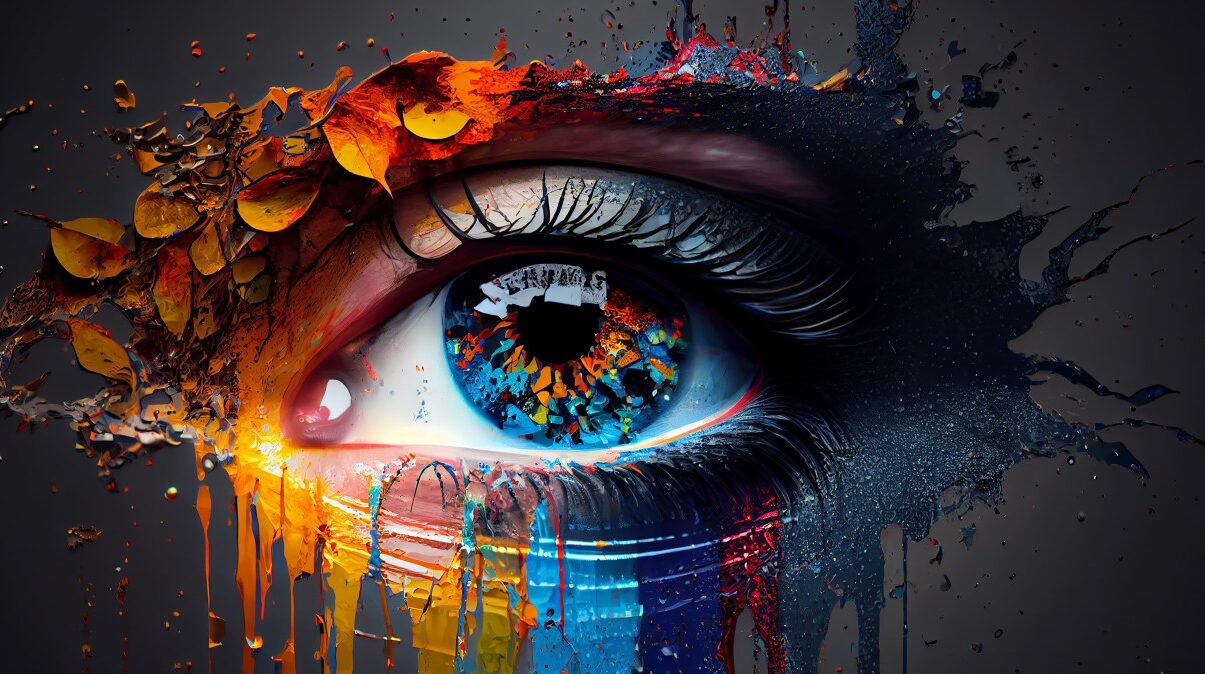Color theory is a fundamental aspect of graphic design that significantly impacts the effectiveness of a design. Understanding how colors interact, evoke emotions, and influence perceptions is crucial for any designer. This article will explore the basics of color theory and its application in graphic design.
The Basics of Color Theory
Color theory is the study of colors and their combinations. It is built on three primary components: the color wheel, color harmony, and the context of how colors are used.
- The Color WheelThe color wheel is a circular diagram of colors arranged by their chromatic relationship. It includes primary colors (red, blue, yellow), secondary colors (green, orange, purple), and tertiary colors (combinations of primary and secondary colors). The wheel helps designers understand the relationship between different colors.
- Color HarmonyColor harmony refers to aesthetically pleasing combinations of colors. These combinations can be complementary (colors opposite each other on the wheel), analogous (colors next to each other), or triadic (three colors evenly spaced around the wheel). Harmony creates a balanced and appealing design.
- Color ContextThe context in which a color is used can affect its perception. Factors like lighting, surrounding colors, and cultural associations play a role in how a color is interpreted. Designers must consider these factors to ensure their color choices convey the intended message.
Emotional Impact of Colors
Colors can evoke various emotions and reactions. Here are some common associations:
- Red: Passion, energy, danger
- Blue: Calm, trust, sadness
- Yellow: Happiness, warmth, caution
- Green: Nature, growth, envy
- Purple: Luxury, creativity, mystery
- Black: Power, elegance, mourning
- White: Purity, simplicity, emptiness
Understanding these associations helps designers choose colors that align with the message they want to convey.
Color Schemes in Graphic Design
Creating effective color schemes is a crucial part of graphic design. Here are a few popular schemes:
- Monochromatic: This scheme uses different shades, tints, and tones of a single color. It creates a cohesive and minimalist look.
- Complementary: Using colors opposite each other on the color wheel, this scheme creates high contrast and vibrant designs. It’s great for making elements stand out.
- Analogous: This scheme uses colors next to each other on the color wheel. It’s harmonious and pleasing to the eye, ideal for serene and comfortable designs.
- Triadic: Using three evenly spaced colors on the color wheel, this scheme offers a balanced yet vibrant look. It’s suitable for dynamic and colorful designs.
Applying Color Theory in Graphic Design
To effectively apply color theory, consider the following tips:
- Know Your Audience – Different audiences have different color preferences and associations. Research your target audience to understand their preferences and cultural associations with colors.
- Use Contrast for Readability – Ensure text and important elements stand out by using high contrast between the background and foreground colors. This improves readability and focus.
- Limit Your Palette – Using too many colors can overwhelm viewers. Stick to a limited palette to create a cohesive and professional look.
- Test and Iterate – Experiment with different color combinations and gather feedback. Testing allows you to see how your audience responds to your color choices.
Color theory is an essential tool for graphic designers. By understanding the principles of the color wheel, color harmony, and the emotional impact of colors, designers can create visually appealing and effective designs. Remember to consider your audience, use contrast wisely, limit your palette, and continually test your designs. With these guidelines, you can harness the power of color to enhance your graphic design projects.




